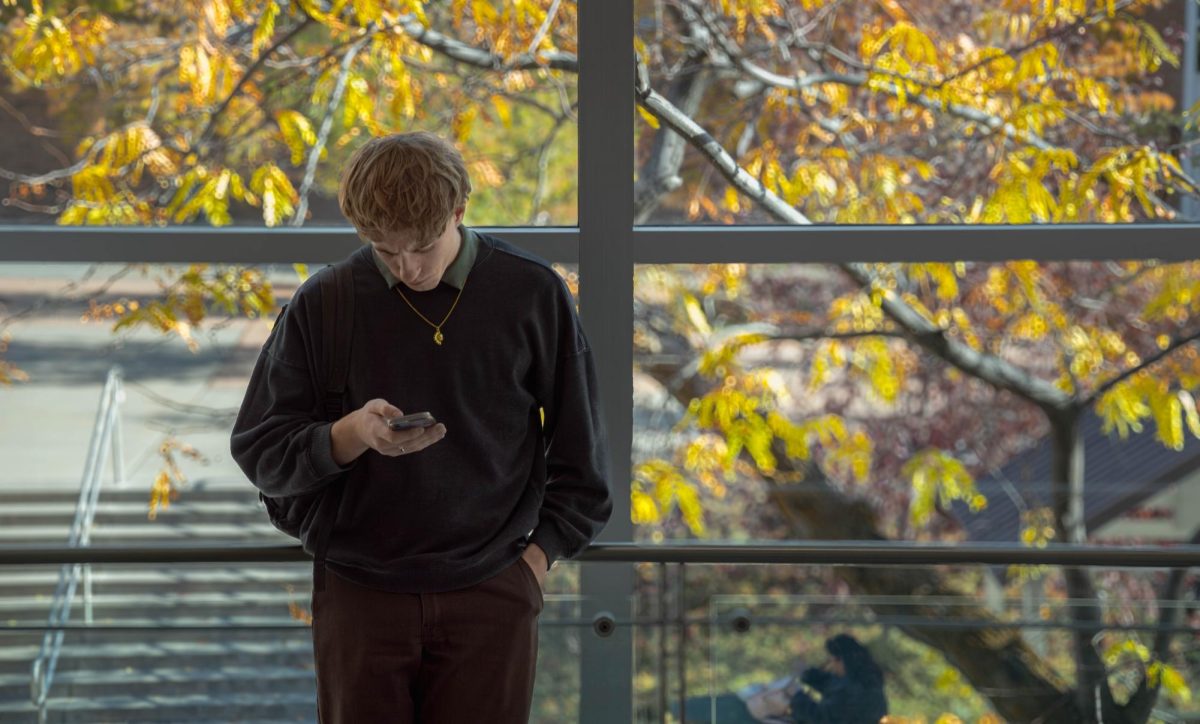Understanding how tuition affects student life is important. One of the important parts of tuition are student fees and course fees. Both of these fees are used for important resources on campus, but not everyone knows the difference between the two.
Student Fees
At Weber State University, student fees are paid to fund different student resources across campus such as transportation, the Writing Center, tutoring, the Shepherd Union building, student computer labs, the Stress Relief Center, the Swenson Gym and other facilities in the Stromberg Complex.
Student fees also go towards campus activities such as the Foam Bash party and the Homecoming Dance.
Course Fees
Course fees, however, go towards specific classes for purchasing the supplies and equipment needed in that specific class that may go above what the University is expected to provide — consumable items, practice mannequins, machines, telescopes, etc. Course fees do not go towards faculty and staff.
A benefit to students in paying for course fees is that universities can often save or get deals by buying necessary equipment in bulk. Vice Provost Bruce Davis said that this saves money for the student, rather than the alternative of each individual tracking down and paying for their own equipment at a higher price per item.
Provost Madonne Miner said that, while a little bit can be saved to go towards larger purchases, large amounts of money from course fees cannot be saved and hoarded from year to year.
There is debate whether course fees should be lowered and combined with tuition, but it comes with the counter-argument that that would make tuition for all students more expensive, whether or not the classes they take require more expenses. However, there are some courses that, by nature of the subject, have rather high fees attached which can be hard for the students in those programs.
Dr. Miner provided the example of the dilemma that Utah State University faces in their aviation program which can charge course fees of $900 to $1,000 because they work with airplanes and helicopters. Is it fair to the students interested in that field that they have to pay so much for their education? Is it fair to the rest of the students not in that program if those costs are spread into university-wide tuition?
WSU has committees set in place to continually keep track of and scrutinize the use of student fees and course fees.
“I would hope that (students) know that we have their best interests at heart,” Dr. Davis said. “We’re trying to balance affordability with a quality higher education, and that’s sometimes a challenge. Sometimes to preserve quality your expenses are gonna rise a little bit. You’re trying to balance those two things, quality and affordability. You don’t want to give a second-rate education; that’s not fair to them.”
Student Fee Committee
A student fee recommendation committee meets once a year to hear petitions from various groups about receiving more funding. For example, Miner said that the Arts and Humanities college recently petitioned to receive more funding for the performances they put on, and in exchange they would offer free tickets to students. The committee then decides where to contribute the money and how much for the next academic year.
WSU’s student fee allocation chart, showing what percentage of the fees goes where, can be found online. For the current year, the student activities receive the highest percentage of those fees, at 25.62%.
Course Fee Committee
Similarly, there is a Course Fee Committee to approve changes to course fees and new course fees. Dr. Miner said that course fee applications go to this committee, who then scrutinize the applications and pass their recommendations on to the President’s council, which can scrutinize the recommendations.
The chair of the committee is always a Dean of one of the colleges — currently serving is Yas Simonian of the Health Professions department — and included with them in the committee are various faculty members representing the different colleges of the University and a couple of students. Members serve three-year terms.
Dr. Miner said that there is some discussion about whether course fees should be approved by the institution’s Board of Trustees or even the state’s Board of Regents, which could potentially make the process even longer and more difficult.
On top of these ongoing committees, the President of WSU can choose to form temporary task forces to scrutinize certain current issues of the University. They have a Dean at the chair and are made up of people the President thinks would be interested in the subject. Last spring, President Brad Mortensen initiated two task forces: one for the question of requiring proof of vaccination from incoming students, and one about course fees.
The purpose of the course fees task force is to make sure that the course fees aren’t growing too quickly, make sure that money is going where it should go, and to assess the process to see that it’s being done right and assess whether it needs to be sent higher up the administration.
“Everyone on the task force and on the course fee committee has student interests at heart, and every single member is trying to figure out what is the best way to provide a quality education that sometimes requires expenditures and equipment…at the same time trying to ensure that students aren’t overwhelmed with debt,” Miner said. “It’s a very tricky balance beam, but that’s what we’ve been trying to do.”
The Utah State Higher Education System also performs audits on universities in the state every year. Dr. Miner said that this year WSU is going under an audit specifically about course fees and making sure that they are being used correctly. The audit is not yet complete, so there are no results yet.




















